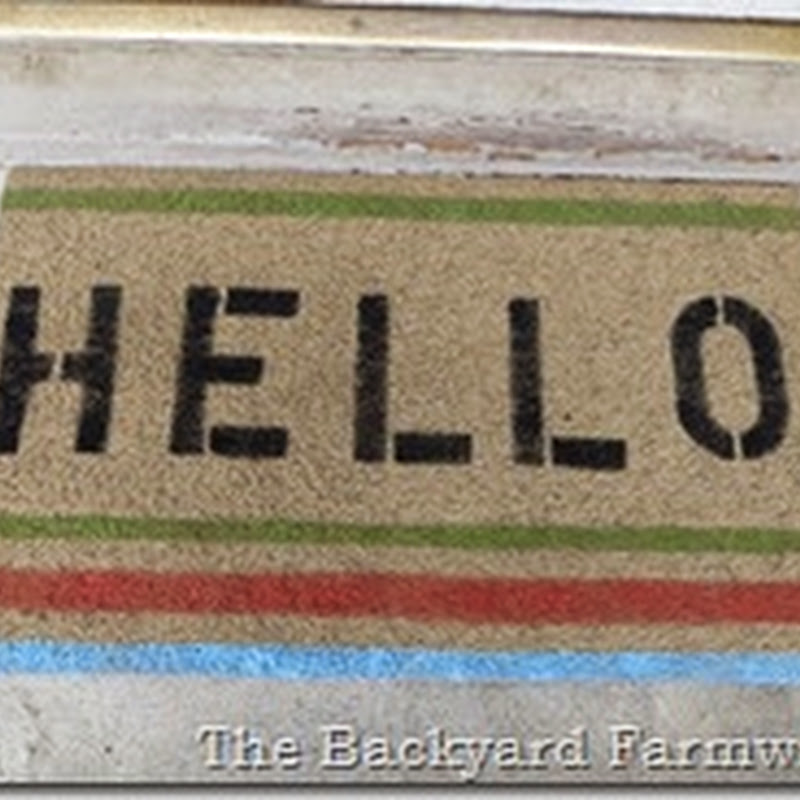Tip #1- Do it outside!
We have had lovely fall weather this past week which was perfect for working out on the deck! Sunny but not too hot…I am also glad that my SIL advised me to do it outside. I would not want to do that in my kitchen!
Tip #2- Freeze your lard before cutting it up into chunks!
But the best thing of all was having a huge bag of frozen lard. Surfing through blogs about rendering lard made it look like the slimy, slippery, yucky mess that it would be if your fat was not frozen…

Tip #3- Collect your supplies before you start!
Here are the supplies you will need to get started:
Cutting boards
Sharp knives
Roasting oven / stock pot and outdoor burner
Tables
Large bowl for cut up lard
Large spoon
Small bowl for holding the spoon in



Tip #4- The smaller you cut the pieces the faster the lard will melt
Partially frozen lard is the easiest to cut but you don’t want the chunks to be too big. The smaller it is, the better! If you can get your butcher to run it through the grinder, do it! It will save you a whole lot of work…



I filled the bucket after my roaster oven was full
Tip #5- Fill your roaster oven and turn to about 250. Lower temps are better to avoid burning. Don't put the lid on it!
Tip #6- Stir about every hour to keep it from scorching on the bottom and to speed the melting process.
the lard is beginning to melt down
Tip #7- Gather and prep supplies for jarring your lard.
I just washed up some quart sized jars in my dishwasher and prepped my canning lids like I would for canning.
Here are the remaining supplies you will need:
canning jars
lids/rings
saucepan for heating lids
ladle
canning funnel
wire sieve
cheesecloth (cut into a square to fit into sieve)
Tip #8- Carefully ladle the melted lard into the jars.
Set your canning funnel into the jars. Lay your sieve into the funnel and place your cheesecloth into the sieve. Ladle the melted lard into your jar with a 1” headspace. Top with your warmed lid, screw on band.
Tip #9- Not everything will melt down!Eventually the stuff that is left in your roaster will not melt anymore. This is all the meat that was in your lard. I know you can do things with all that, but I just chose to toss it… Wasteful I know, but I just didn’t want to deal with it! If you want to, you may want to do some research…
Tip #10- Don’t worry if it isn’t white right away!
At first it will look a lot like chicken stock. Let your jars cool completely. They will turn white when they are cool. After they are cooled and white, then check your seals.


See how nice and white the ones at the end are!
Tip #11- Don’t worry if your jar doesn’t seal!
If some of your jars didn’t seal, don’t worry. You can pop one in the fridge to use right away. The others (if there are any) can be resealed. Just heat up some new lids, melt the lard in the microwave right in the jar. Take the lid off first! Make sure you can feel heat coming off the top of your jar before resealing it. Just screw on the new lids and let them cool.
Tip #12- Freezing it!
Frozen lard will be good for 6-9 months.
Tip #12- I’ll have to let you know how it works later… I haven’t tried it yet!
First on the agenda… biscuits!







2 comments:
I am looking at doing this next weekend and am curious about the storage aspect. So, there's no pressure canner involved? Just the lids sealing? For how long is this shelf-stable?
I had a terrible time finding out that info... I am beginning to think that freezing is the best method of keeping lard. It sounds like it is good for 6-9 months frozen. I also found some people BWB or pressure can it. Sorry, I'm not more help!
Post a Comment